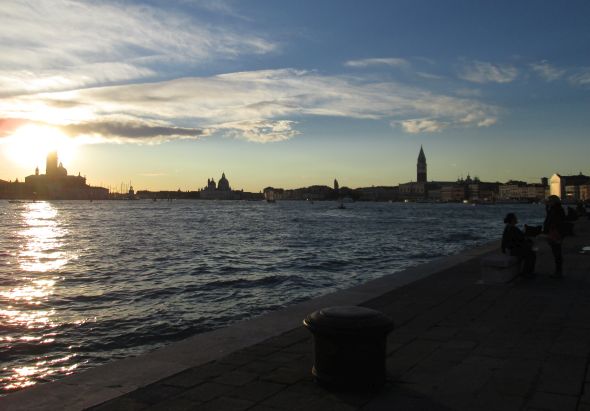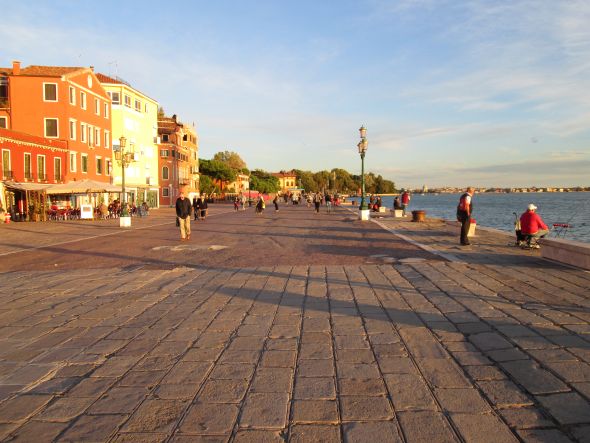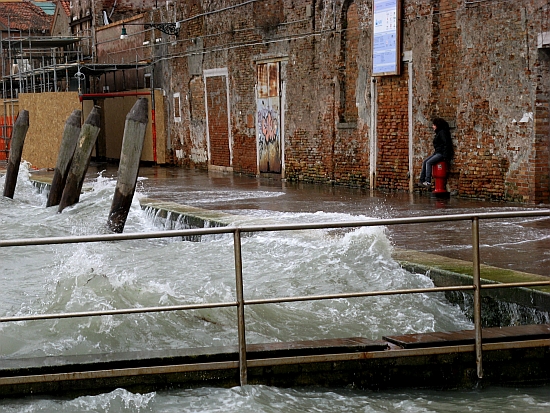
Yes, the haze has evaporated, or migrated, or flown — anyway, it’s gone.
Yesterday afternoon the wind veered around to the northeast, where the bora lurks. A northeast wind may be fierce, and even dangerous, and whatever else you want to call it (especially if you live on the northeastern edge of the city, where you get it straight in the teeth), but I call it just about my favorite wind.
Perhaps you have never thought about the various winds, and their characteristics. Here’s a thumbnail: “Scirocco,” southeast wind. Warm and damp and, if it’s strong, it becomes an unindicted co-conspirator of acqua alta.
“Garbin,” southwest wind, known in Italian as libeccio. Its special trick is to bring fog — I mean real fog, not the haze of the past few weeks. It can also blow like blue blazes.
“Bora,” northeast wind. Cold and dry. That’s why I love it. I can deal with the cold, as long as it brings the dry. As for force, it can be ferocious, though here we don’t usually get the extremes that can make the bora life-threatening in Trieste. Not made up.
There are many fine variations of wind as you work your way around the compass, but those are my main players. When I look at the weather forecast, I don’t primarily care whether it says rain or sun, or even cold or hot. I look to see which direction the wind is predicted to come from, and its speed. I can deduce most of the other attributes from that, at least as far as my modest needs are concerned.
Oh sorry, that was redundant. All my needs are, by definition, modest. Example: Comes the bora, Erla is happy. You can’t get much simpler than that, at least if you’re a person who really doesn’t care about rubies and platinum and Densuke black watermelons and lavender albino ball pythons, like humble, honest, hard-working, plain-speaking little me.




